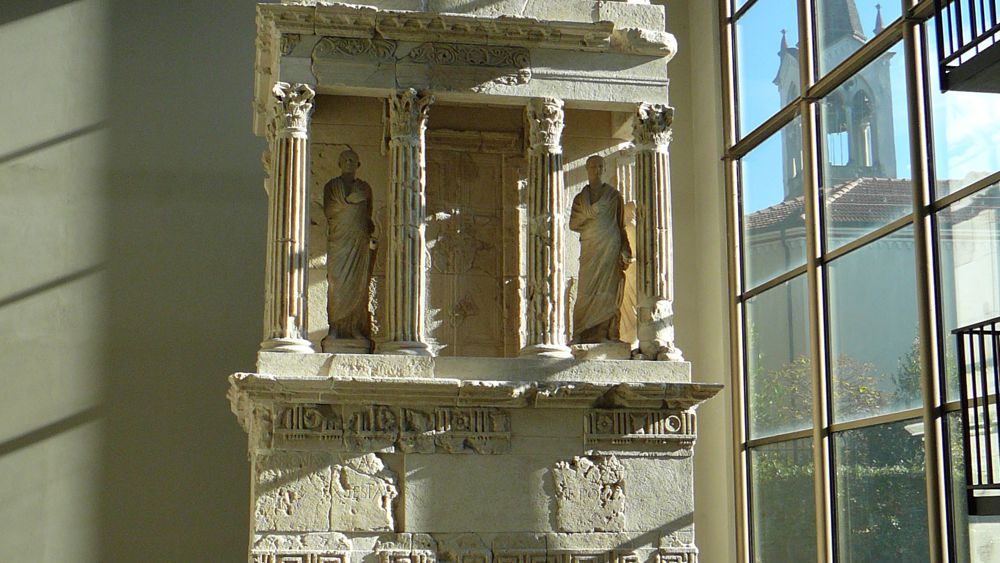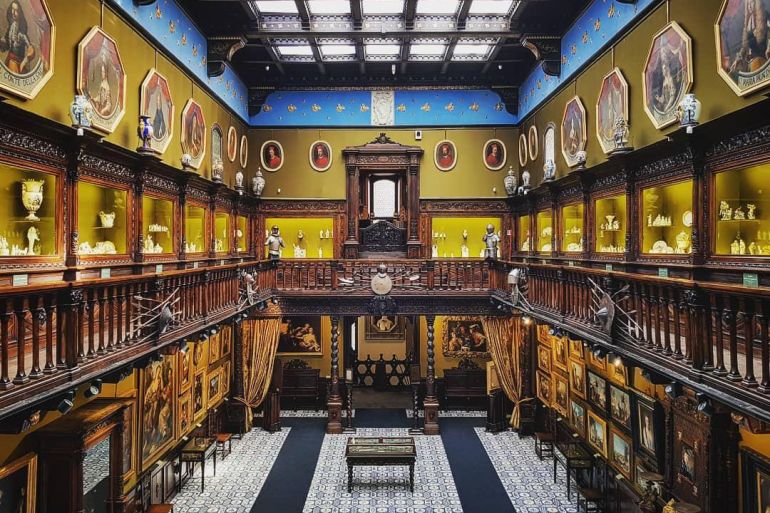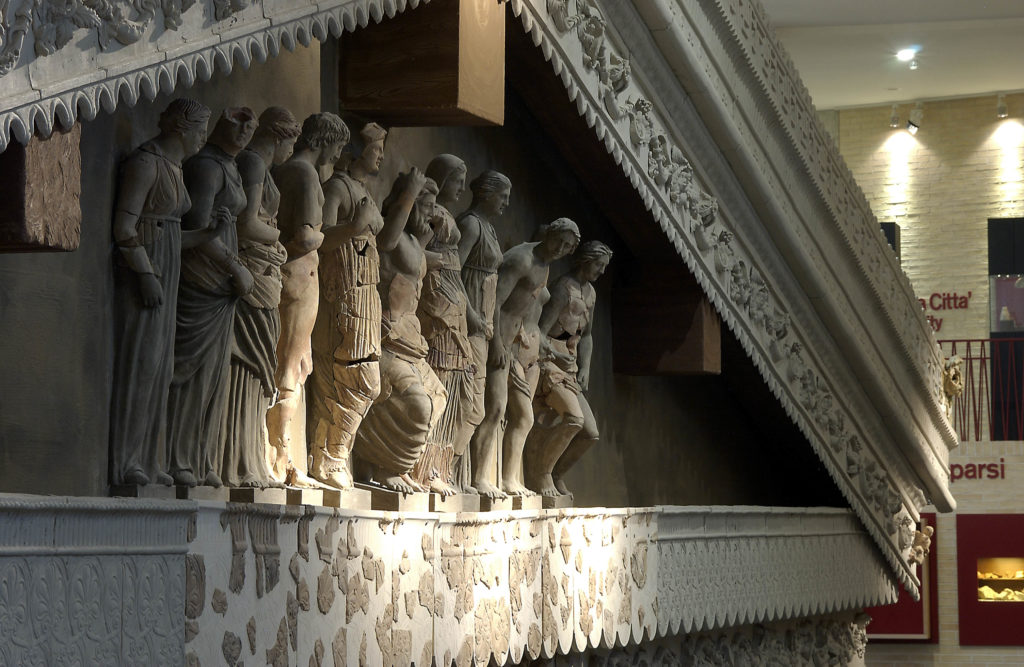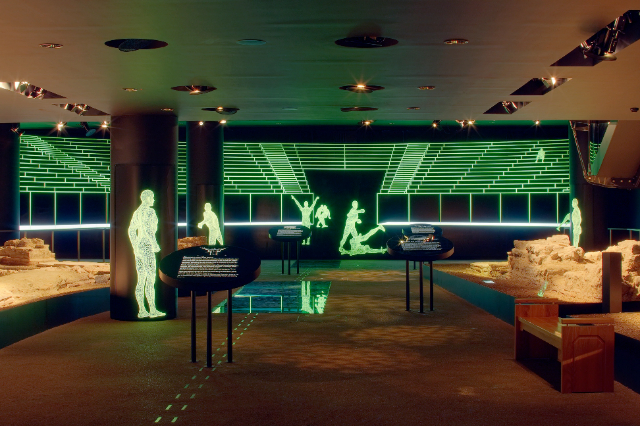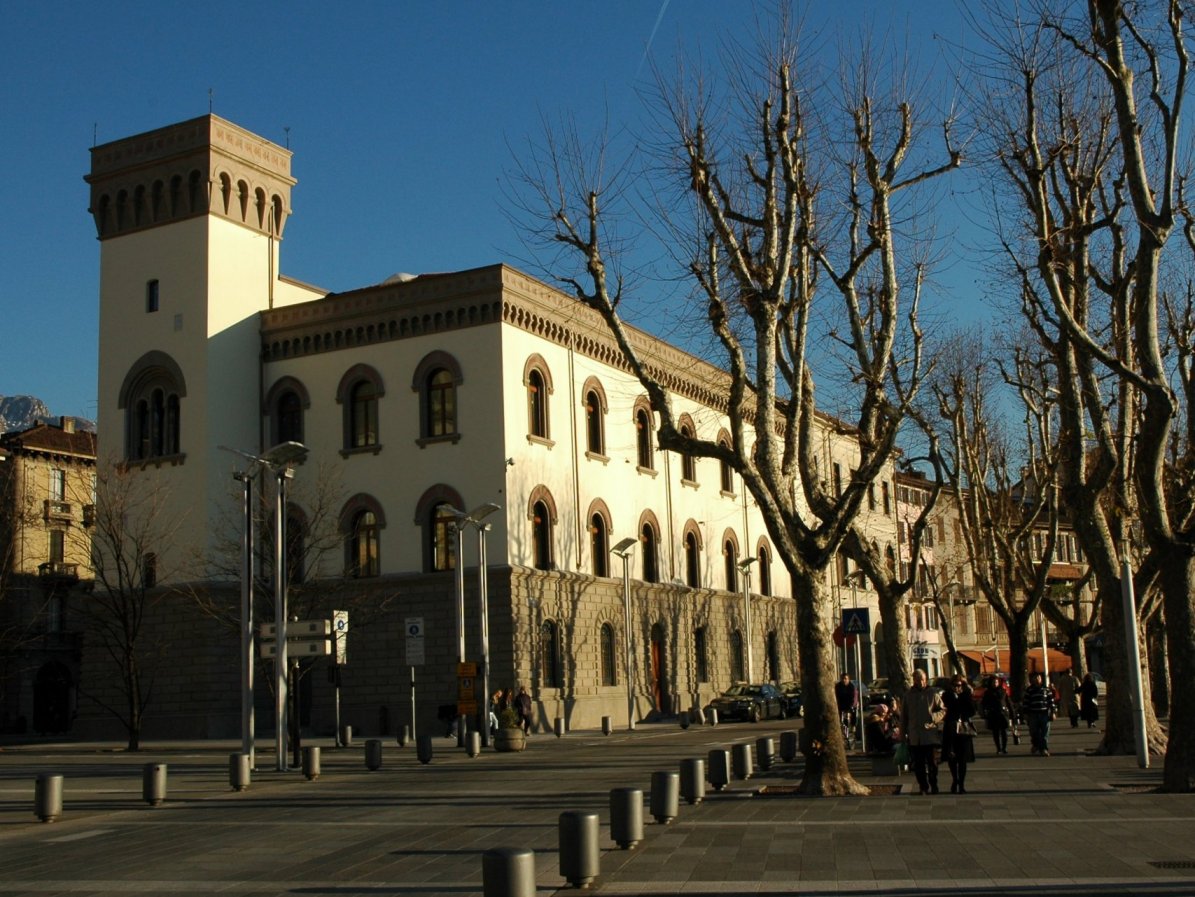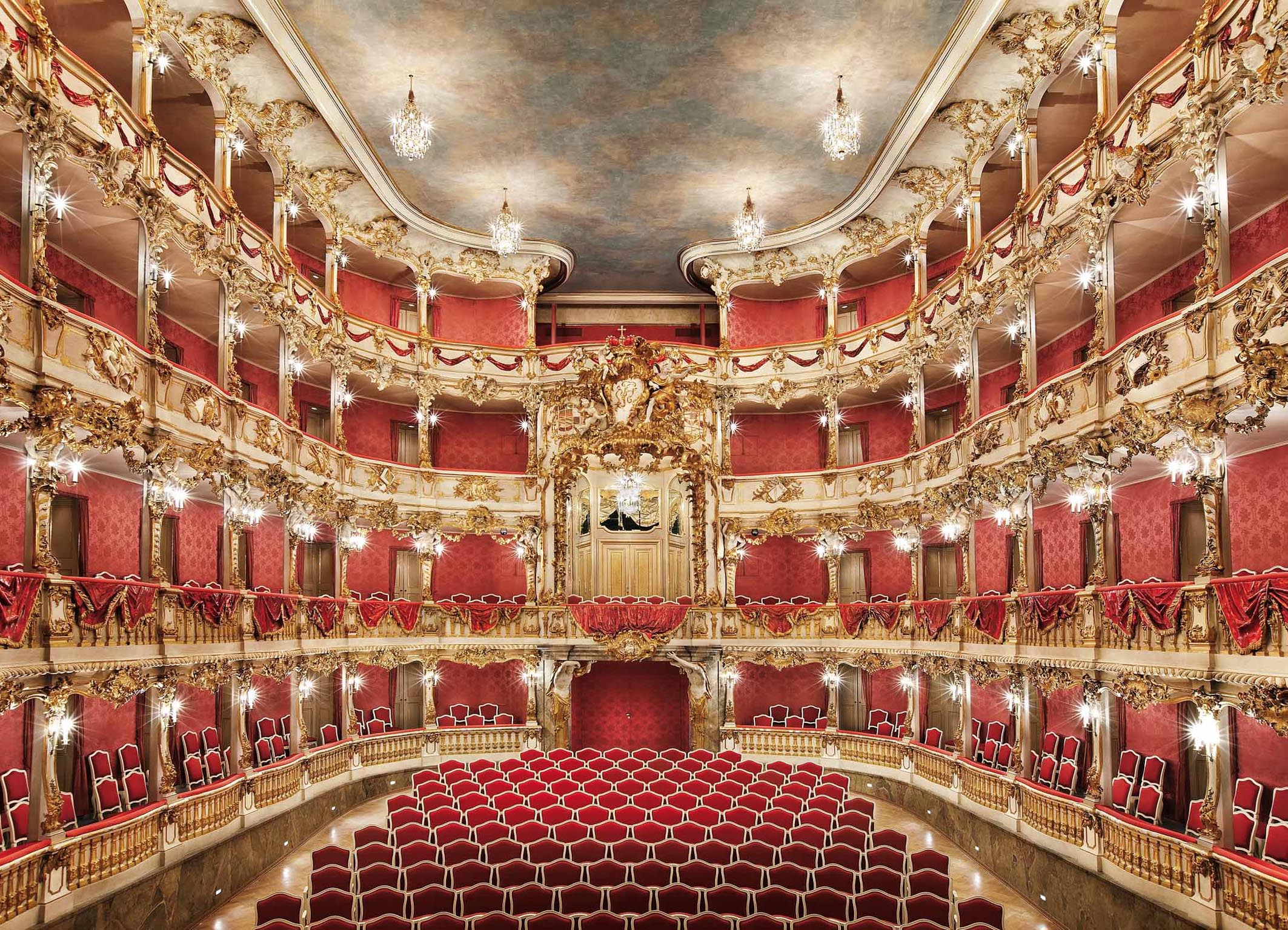For the richness and variety of the exhibits on display, the archaeological museum of Sarsina is undoubtedly one of the most important in northern Italy. It was established as a municipal collection in 1890 and then expanded with the materials recovered in the necropolis of Pian di Bezzo and within the city, until it was acquired by the State in 1957. The museum exhibits materials of almost exclusively local origin which, although covering an extended chronological span from prehistoric times to late antiquity, relate in particular to the Roman age, from the 1st century B.C. to the 2nd-3rd centuries A.D. The radical restructuring of 1990 has allowed the complete recomposition of some great funerary monuments, among which stands out, for its grandeur and completeness, the shrine mausoleum of Rufus, 13.5 meters high and dating back to the end of the first century B.C. Also worth mentioning are the statues of the Eastern gods and, among the valuable polychrome mosaic floors, the one known as "the Triumph of Dionysus". The set of finds allows a complete reading of the history of ancient Sassina, home of the Latin playwright Plautus. The city, founded as the capital of the Umbrians who populated the Savio valley, after the Roman conquest became a flourishing municipality, linked to Ravenna by close commercial and cultural relations.
